Tamil Brahmin Cuisine is a unique and flavorful style of cooking originating from the Tamil region in India. For centuries, people have enjoyed it for its deliciousness, nutritional value, and authenticity. This article will explore some of the traditional dishes of this ancient cuisine that still tantalize taste buds today.
Do you love savory curries? Are you looking to try something new and exotic? Then look no further than Tamil Brahmin Cuisine! With its complex flavors, exciting spices, and healthy ingredients, it will surely become your favorite way to eat. From humble vegetable side dishes to elaborate meat entrees, this style of Indian cooking offers a wide variety of mouth-watering options.
This article will take an in-depth look at some classic dishes found in Tamil Brahmin Cuisine. You’ll learn about their origins, what makes them so special, and how they can be prepared with ease right in your own kitchen. So, if you’re ready to embark on a culinary journey through one of India’s most beloved cuisines, keep reading!
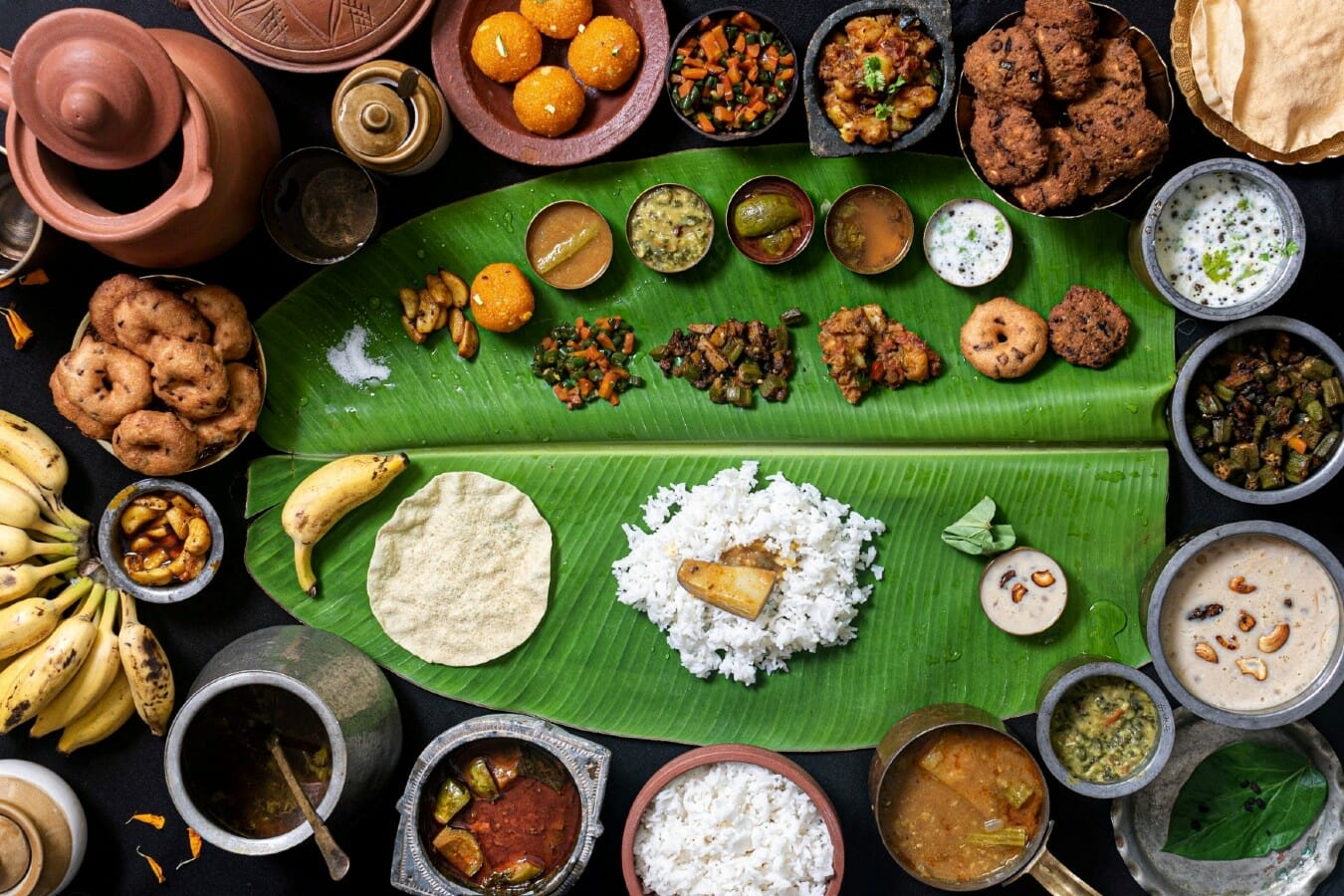
A Glimpse Into The History & Origin Of The Cuisine
It is said that when people look back over the ages, they can trace a story of culture and taste. This is especially true for Tamil Brahmin cuisine – an ancient culinary tradition whose roots stretch far into India’s past.
Today, these same flavors remain popular across the globe, giving us all a glimpse into this rich heritage that has been lovingly preserved for centuries. With each bite, we are reminded of those early days when food was more than just sustenance; it was also an expression of love and affection shared between family and friends. The essence of Tamil Brahmin cuisine lives on to this very day!
Uncovering The Ancient Roots Of Tamil Brahmin Cuisine
Tracing the origin of Tamil Brahmin cuisine is a journey back in time. From the days when spices were used to flavor simple home-cooked meals to the emergence of elaborate dishes with exotic ingredients, this rich culinary tradition has evolved over centuries.
At its core lies an appreciation for fresh produce – vegetables, fruits, and herbs grown locally and combined in creative ways to create delicious dishes. While traditional recipes remain unchanged, modern chefs have experimented with new combinations while staying true to their regional roots. This fusion cooking style gives us tantalizing glimpses into past and present influences on this ancient art form.
Each recipe tells a story – one of culture, history, and innovation- all together in perfect harmony on our plates. As we explore further, it becomes obvious why Tamil Brahmins take such pride in their cuisine. Every meal celebrates time-honored flavors as well as bold experimentation.
Exploring The Aromas & Flavors Used In Tamil Brahmin Cooking
A closer look at the flavors and ingredients used in Tamil Brahmin cuisine reveals an extraordinary world of diverse aromas, textures, and tastes. From rich spices like cardamom and coriander to tangy tamarind paste, each ingredient is crucial in giving dishes their unique flavor profile. Take, for example, sambhar – one of the most popular dishes of South India – which is made with lentils cooked in a spicy-tangy base enhanced by asafoetida, curry leaves, and other herbs.
Many recipes also rely on traditional methods of cooking, such as slow simmering or roasting, that bring out the natural sweetness of vegetables while retaining vital nutrients. These techniques often combine with modern innovations such as grilling or baking to create new culinary masterpieces. Thus it is no surprise why this cooking style has been celebrated for centuries!
In short, Tamil Brahmins have perfected the art of combining classic flavors with contemporary touches to produce truly delicious meals that appeal to all palates. Every bite offers a compelling journey through time – from ancient roots to present-day inspirations.
Popular Dishes & Recipes From Tamil Brahmin Cuisine
Tamil Brahmin cuisine is famous for its signature dishes, each with a distinct flavor profile that sets it apart from the rest. Some popular recipes include idli sambhar – steamed rice cakes with lentils in a spicy-tangy base; and rasam – a thin broth made with tamarind pulp and spices. There are also many delicious sweets such as payasam – creamy kheer served during festivals or weddings; and adhirasam – deep-fried dough balls coated with jaggery syrup.
For those who want to try cooking Tamil Brahmin style at home, plenty of resources are available online. Whether you’re looking for classic recipes like biryani or something more creative like veg manchurian curry, there’s no shortage of options to explore! With just a few simple ingredients and some time, anyone can create authentic flavors that will tantalize the taste buds.
These flavorful dishes provide an insight into the traditions behind this unique culinary culture that dates back centuries but continues to evolve today. From traditional preparations to modern takes on classics, Tamil Brahmin cuisine will surely delight all kinds of food lovers.
What Makes It Unique? Comparing Tamil Brahmin Cuisine To Other Indian Cuisines
Tamil Brahmin cuisine is like a hidden gem amongst the many Indian cuisines, with its distinct flavors and ingredients. Compared to other regional culinary styles from India, Tamil Brahmin dishes are characterized by using more subtle spices and specialty vegetables native to South India, such as drumstick leaves and ridge gourd. Other notable features include the reliance on coconut milk for added flavor and richness, providing an alternative to dairy-based curries found in North Indian food.
Furthermore, traditional recipes often involve laborious preparation techniques passed down through generations. For instance, grinding freshly roasted whole spices into powder can take hours manually – but it’s worth it for the amazing aromas that result! Additionally, most dishes require slow cooking or simmering over low heat so that all the flavors come together perfectly; this contributes to the unique taste of Tamil Brahmin fare.
All these elements combine to create a distinctive cuisine that will tantalize even the pickiest eater’s palate. From tangy rasam soup to sweet payasam desserts, there’s something for every craving within this vibrant gastronomic landscape. With its rich history and diverse flavors, Tamil Brahmin cuisine is one of India’s most treasured delicacies – offering both nutrition and pleasure in equal measure!
Investigating The Development & Evolution Of Tamil Brahmin Food Through Time
Though Tamil Brahmin cuisine has developed over time, its roots can be traced back centuries to the Vedic period. During this era, many of the traditional recipes and cooking techniques we see in modern-day Tamil Nadu began to emerge; these include steaming, roasting, frying and stewing, and sambar preparation methods. Additionally, the use of coconut milk, tamarind, and other ingredients native to South India has also been a part of the culinary landscape for hundreds of years.
Throughout history, there have been various influences that have shaped the development of this unique style of cooking. These range from royal patronage during ancient times to British colonialism in more recent years – all contributing distinct flavors and ideas into the mix. For instance, while some dishes may feature French or Italian seasonings such as herbs de Provence or oregano, respectively, others are designed with a distinctly Indian twist, like garam masala spice blends. In any case, each culture brings something new to the table!
These days, it’s possible to find restaurants serving delicious interpretations of classic Tamil Brahmin dishes both within India and across the globe. This widespread availability is a testament to how popular this type of food has become – no doubt due in part to its health benefits too! From curries packed full of vegetables to protein-rich lentil stews, you will surely find something tempting on offer wherever you go.
Tracing The Traditions That Have Shaped The Cuisine
From the traditional flavors of South Indian cuisine to modern interpretations from around the world, there is no doubt that Tamil Brahmin food has come a long way. It’s like a culinary time machine – taking us on a journey through its rich history and development over centuries. Suppose you take a closer look at this unique style of cooking. In that case, it’s easy to see how different cultures have left their mark, ranging from French seasonings to British influences until today.
Of course, this is only possible with an understanding of the core ingredients used in these dishes and the various techniques needed to create them. From coconut milk and tamarind paste providing essential flavor accents to roasting and steaming methods for achieving maximum taste – each element plays its part in creating something truly special. Not only does this make for delicious meals but also nutritious ones too!
With such a diverse range of influences working together, it’s no wonder why Tamil Brahmin cuisine continues to delight diners all over the globe. The next section takes us further into the depths of this flavorful fare by looking at some traditional ingredients and cooking techniques utilized in Tamil food.
Traditional Ingredients & Cooking Techniques Utilized In Tamil Food
A key part of Tamil Brahmin cuisine is using traditional ingredients and techniques to create something truly unique. From pulses, grains, and spices like cumin, cardamom, and turmeric to vegetables such as okra and aubergine – it’s easy to see why this food has been so popular for centuries. But what about cooking methods? Let’s look at some classic styles used in these recipes.
One of the most common ways to prepare Tamil Brahmin dishes is through roasting or sautéing. Vegetables are usually cooked quickly over high heat, which helps retain their flavor while producing tender results. This method also brings out the natural sweetness in many ingredients – making them even more delectable! In addition, steaming plays an important role, particularly when preserving delicate flavors that can be lost during prolonged cooking times.
Finally, another technique often seen in Tamil food is tempering, where various spices are added directly into hot oil before being poured over other ingredients. This practice infuses deeply aromatic notes and adds flavor depth you can’t achieve with any other method. With all these elements coming together, it’s no wonder why Tamil Brahmin cuisine continues to captivate diners today. Now let’s turn our attention toward examining traditional recipes from the region.
Examining Traditional Recipes From The Region
From velvety sambar to the crunchy vadai, Tamil Brahmin cuisine is full of rich and flavorful dishes. Understanding these recipes requires delving into the region’s traditional cooking methods and exploring its unique ingredients. Let’s take a closer look at some of the classic staples found in this style of food.
One well-known dish is rasam which features a tangy tomato broth that can be served over steamed rice or enjoyed as a refreshing soup. It’s made using spices such as cumin, pepper, and tamarind paste for added tartness. Similarly, curries are also popular – typically featuring vegetables slow-cooked in a thick onion gravy. These meals often feature coconut milk for extra creaminess. Other special touches like curry leaves or mustard add even more flavor complexity.
But it would only be complete with desserts! Sweet treats like payasam offer yet another way to experience all the richness of Tamil Brahmin cuisine on your plate. This pudding-like dessert combines creamy texture from jaggery syrup with nuttiness from cashews making it delicious – no matter what time of day you enjoy it! With so many options available, something is here to tantalize everyone’s taste buds. Now let’s examine regional preferences and specialty dishes within this culinary tradition.
Delving Into Regional Preferences & Specialty Dishes
To better understand Tamil Brahmin cuisine, it’s essential to examine the regional preferences and specialty dishes of this style of cooking. Each region has its distinct set of ingredients used in traditional recipes deeply rooted in local culture and history.
For instance, coastal regions use more coconut milk or grated coconut for added creaminess. At the same time, spices like cardamom and cinnamon are also popular additions. In contrast, inland areas may rely more on chili peppers or cumin and tamarind paste for extra sourness. No matter where you go within this culinary tradition, each dish will tantalize your taste buds with unique flavors.
Perhaps one of the most iconic dishes in Tamil Brahmin cuisine is idli-sambar – a classic breakfast combination consisting of steamed rice cakes served alongside lentil soup spiced with curry leaves and mustard seeds. This duo offers a delicious flavor and packs plenty of nourishment for a hearty meal any day! Other specialties include kootu (a stew-like dish), vadai (fried snacks), and pachadi (yogurt relish). All these options showcase just how vibrant and varied this food can be.
Conclusion
The Tamil Brahmin cuisine is a unique culinary experience passed down through generations, with each region and family adding their own twists to the recipes. It’s an intriguing combination of flavors and aromas, traditional ingredients, and cooking techniques, blending together to create some truly delicious dishes. This article has explored the history and origin behind this ancient cuisine, delved into the regional preferences and specialty dishes, and uncovered some of its most popular recipes.
What makes it so special? Well, there are two main factors: firstly, its simplicity – many Tamil dishes only require five or six key ingredients; secondly, its use of spices – no other Indian cuisine can match up in spice levels! From hot sambar to cooling rasam curries, from sour pachadi chutneys to sweet payasam for dessert – these distinct flavors make every dish a tempting treat.
This article has shown us why Tamil Brahmin Cuisine is so beloved by people across India – it’s rich in flavor yet simple enough for anyone to try out at home. With our newfound knowledge about this amazing cuisine, we can explore it further by experimenting with different recipes or even visiting one of the regions where it originated from.

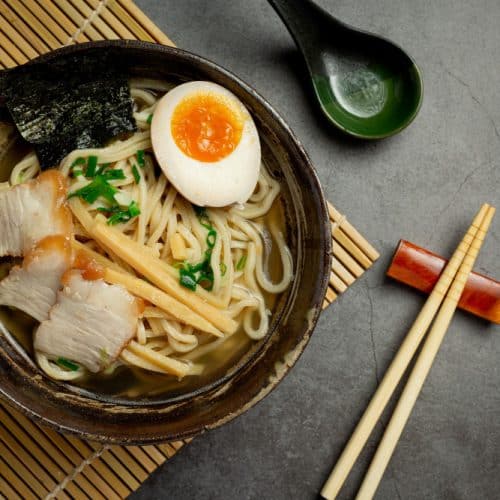
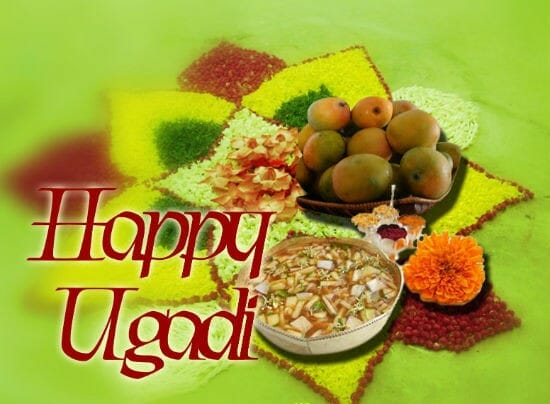

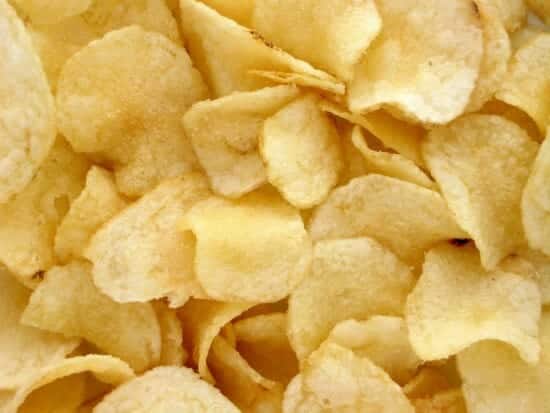
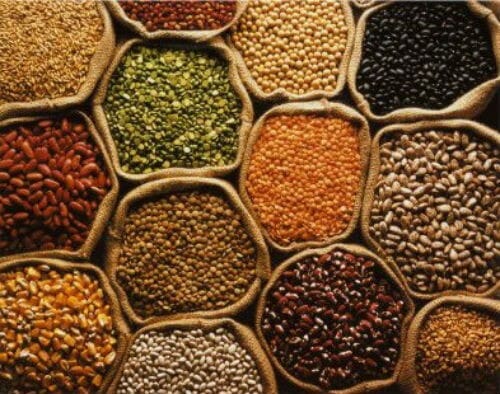
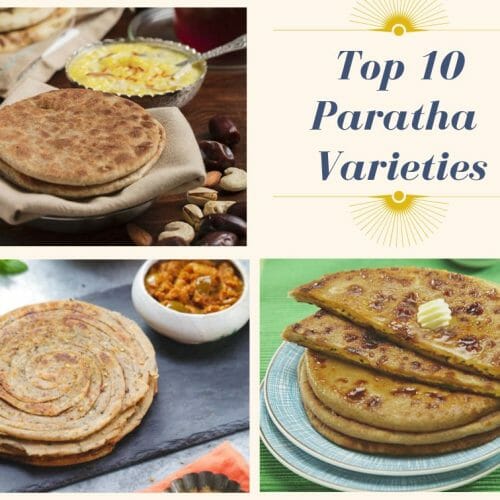
14 comments
CAN YOU RECOMMEND SOME ADDRESSES SERVING PURE TAMILIAN BRAHMINS FOOD BY TIFFIN IN MUMBAI?
This was a good read, I’m always trying to broaden my food palette horizon 🙂
IT IS NICE
Brahmins are vegetarians. The very idea of eating animal based food is repulsive. You are carazy to include them in this site. Change the name of your site
adiyen is a strict srivaishnava, not consuming garlic and onion. We also do not eat mushrooms. There are hardly any recipe without onion and garlic.
Can you come out with a continous series of vegetables without onion and garlic?
sorry madame, consumption of Onion & garlic is not allowed in any Brahmins house. Same is the case with jains, swaminarayan followers in Gujarat and Rajasthan, Iscon followers etc., You can replace Onion,garlic with ” perunkayam” (asafoedita).
Ramesh Subrahmaniam
It is awesome but it is very unfortunate that nowadays not only the food but the whole brahmin community is shrinking and deviating from the habits, custom and community. I don’t know how could it be saved.
the best
I would like to say our bramin samiyal is very tasty. for me i can learn most of the dishes from here only. our tradition cooking now days not inuse. so, i am very much thanks to this site.
Me a brahmin can literally live on “sambar”any type “rasam” any type with appalam and “thayirsadham” ofcourse I need a small piece of either “mysorepak” or “pal poli” a spoon of “thirattuppal” and “filter coffe” I can’t live without it even I am 63 years old!!!!
My family members are fed up with my favourite and touch wood except aliitle problem I am fit like fiddle…I just want to thank my grandmother who formed this habit till 8 years…
Even though I am not a foodiee once in a while the complete cusine is atemptation for me…all the Iyers over this group…Thyank you..Thank you.Thank you…to be in this great community……
Ramakrishnan grandson of late Panchapakesan Iyer of Vanadurai High school at Kumbakonam
sir, neiya vittutela it is important that we have ghee with the paruppu and then the sambar
every ingredient used in the Tambram(Tamil-Brahmin) cuisine has a purpose that goes beyond taste and texture.
9 it is very helpful
Thank you Kamakshi. We are glad to be publishing useful articles like these. Please also check out the entire food guide.
https://www.awesomecuisine.com/foodguide